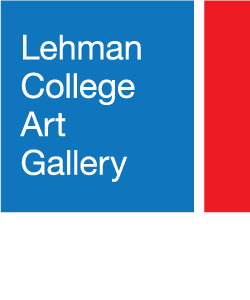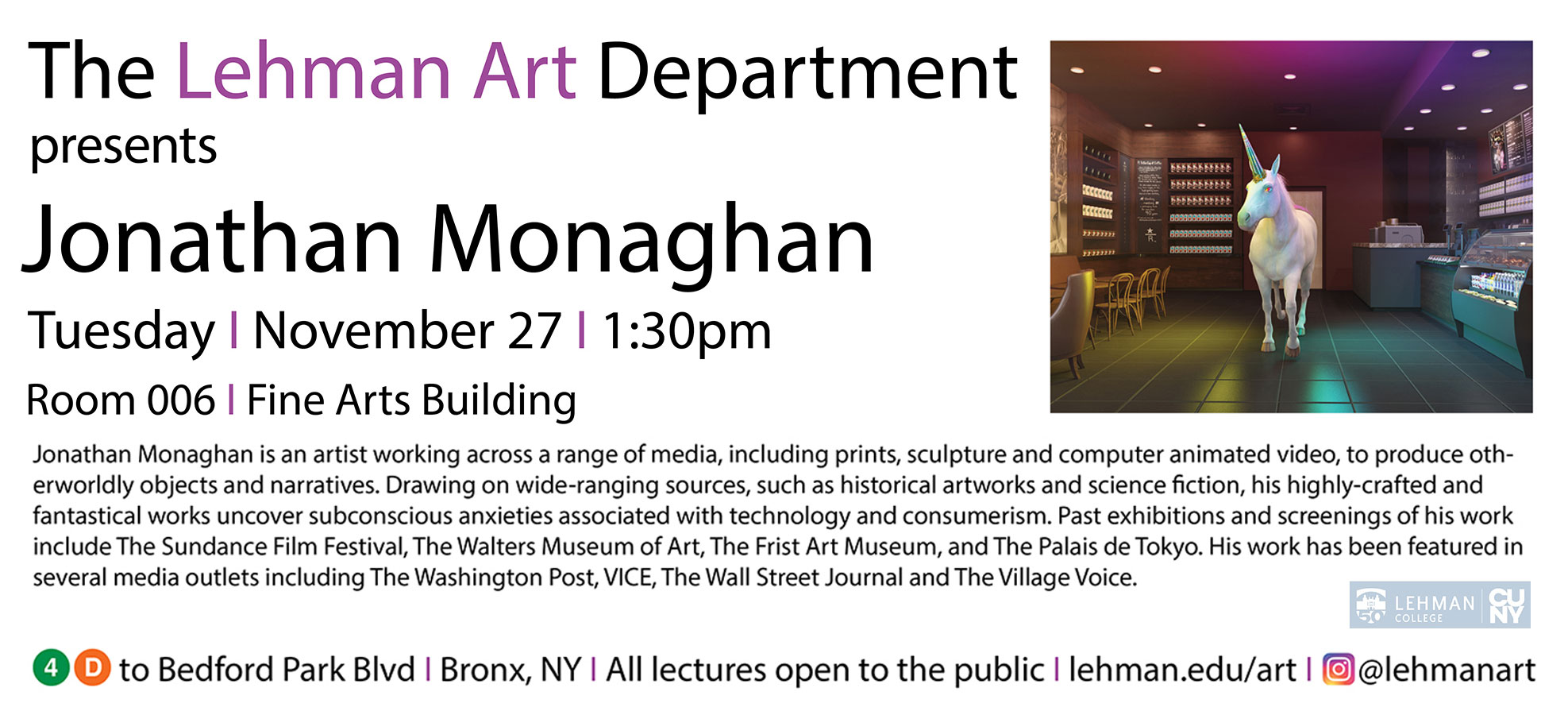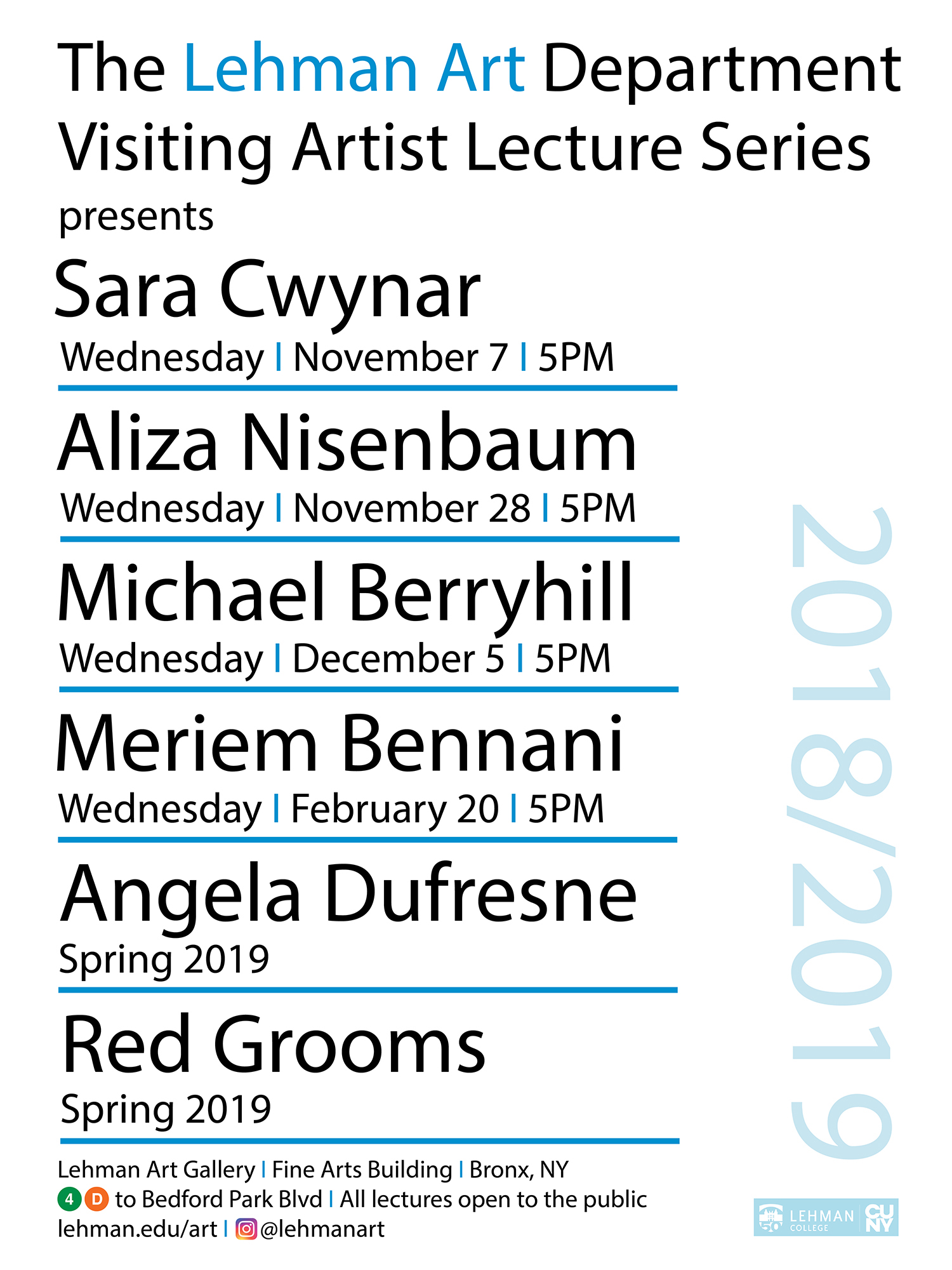Source Material
The Connection Between the Conceptual Beginnings of a Work of Art and Its Finished Form: Ideas, Processes, Techniques, and Materials
Flaking paint from deteriorating Havana walls provided the source material and the initial technique for Pavel Acosta’s “stolen” series. It was a strategy that offered free art supplies and referenced the ubiquitous black market economy. Portrait of a Woman, by Rembrandt van Rijn (Dutch, Leiden 1606–1669 Amsterdam), 2014, from the series Stolen from the Met, comments on stealing of a different type – claiming the imagery of other artists. (It is also a time-honored practice for apprentice painters to learn by copying from the masters.) Acosta begins by making sheets of white paint, which he meticulously cuts into small chips and collages to the surface of the painting, recreating a ghostly image of the original in actual size. He works on drywall mounted on 2 x 4 studs, a reminder of the wall structure behind the museum walls. A QR code located adjacent to the work links the viewer with the original on the Metropolitan Museum of Art’s website.

Amelia Biewald draws imagery and themes in her work from a vast number of references, from eighteenth and nineteenth century artistic European expressions to popular American culture. She scrutinizes their symbolism and meaning in order to bring into a contemporary discussion subjects like the representation of the female figure in art. The diptych, Two Little Girls From Little Rock (2006), makes reference to the song of the same title performed by actresses Marilyn Monroe and Jane Russel in the 1953 film Gentlemen Prefer Blondes, where their costumes and behavior addressed different sexual stereotypes. In Biewald’s work, attributes of women’s sensuality, such as long hair and high heels are fused into also sensual, voluptuous trees in a surrealistic setting. Beware the Children… (After Bouguereau) (2006) establishes a dialogue with French painter William-Adolphe Bouguereau’s work Charity (1878), where a Madonna sitting between classical pillars gives protection/carries five infants. With a similar composition, in Beware the Children… several infants and animals gather around a tree. White lines are drawn with bleach on velvet, which is upholstered to the frame.
In his sculpture Reconquista, 2005, Ignacio Gonzalez-Lang comments on intolerance, immigration, and Mexican/American border politics with a work incorporating one of the most virulent symbols of racism and violence. Having found both indigenous Mexican textiles and a Ku Klux Klan robe at an auction in a Texas border town, he was taken by the strange juxtaposition. Using the robe as a ready-made, Gonzalez-Lang commissioned a family of craftsmen in Mexicali, Mexico, to alter its meaning by superimposing a symbol of traditional Mexican culture on it – Otomi embroidery with patterns passed down through generations. Mexican immigrants are increasingly the target of Klan activity. The title of his sculpture refers to the notion of Mexico reclaiming the American Southwest (that it lost to the United States in the 19th century) by its increased cultural and demographic presence there – offering a different perspective on who the immigrant is.

Kirsten Hassenfeld transforms consumer discards into seductive objects of desire — fantasy jewelry and other beautiful baubles. Star upon Star, 2011, made from recycled wrapping paper, is a colorful, richly patterned sculpture that glows in the dark as suggested by its celestial title. Inspired by the geometry of things, both natural and manmade, Hassenfeld’s star suggests cut gemstones, natural crystalline structures, and architectural forms. It offers a “something out of nothing” sort of wish fulfillment that comments on the allure of consumerism, opulence, and the availability of castoffs.
Heavy stacks of paper–each sheet bearing the same color image of a landscape– are carved into tree trunks by Miler Lagos. The trees are connected to an ancient myth from the Tikuna people in the Amazon region. The myth is that a Ceiba tree known as Wone had grown so big that its foliage and branches left the people of Tikuna living in the shadows. Twin brothers Yoi and Ipi brought the tree down with the help of all the animals of the jungle. Upon touching the soil, the trunk and branches of the Wone paved the water landscape of the Amazon–the river’s main current and effluents– as we know it today. Mythical connotations are here transported to other far landscapes. Fudo Falls, Oji (2013), and Plum Garden, Kamata (2013) hold reproductions of Japanese woodblock prints from mid 19th century –featuring the respective sited landscapes in Japan, from the perspective of a traveller of the time. These prints are in the Brooklyn Museum of Art’s Asian collection. Lagos is fascinated by how ancient images survived time by travelling through different kinds of paper. He brings them–and the knowledge associated with them–back to their primary source: the tree.


Torpétalo No. 04 (2003) is one of Arnaldo Morales’ artifacts built using mechanical and hydraulic systems. The title is a play of words between ‘torpedo’ and ‘petal’ in Spanish, evoking both its 50’s-machine-looking beauty and its rough aggressiveness. A slim flowery structure mimics a carnivorous plant in its looks and movement. When activated, it unexpectedly closes its tentacles at a very fast speed, for a few seconds. The clashes of the metal produce strong sounds. Morales proposes a different kind of interaction with the public that is somewhere between aesthetic pleasure, curiosity, stress, intimidation, and fear.
Susana Solano’s wall-wide installation Ombra Mai Fu (2012-2013) is a set of rounded, galvanized iron pieces. Some triangular in shape, and others like boomerangs, they are either displayed singularly or overlapping each other, to create an organic arch, or what might resemble the foliage of a tree. Ombra Mai Fu (Never was a Shade) is the title of one of George Frideric Handel’s most famous musical pieces, originally created to be the opening aria of the 1738 opera Serse. The song is an allegory to the Plane tree: “Never was a shade / of any plant / dearer and more lovely, / or more sweet.”
The paintings Untitled (Pinkblackpuce) (2013); Untitled (Siennamarble) (2013) and Untitled (Snakecharmer) (2013), by Leslie Wayne, belong to a body of work she calls planks, and are part of her explorations on geology and landscape. Having grown up in Southern California where she worked as a plain-air landscape painter, Wayne is interested in the way natural forces and physical phenomena translate (and ultimately apply) to her paintings. By manipulating masses of paint, she hopes to communicate processes alike those of subduction, compression or shifting of tectonic plates. Oils on vertical bar-shaped panels slightly narrower at the top end and rounded at the bottom hold thick layers of paint that detach from the surface in some areas, to fold as a piece of drapery would. They seem to follow the laws of gravity.

Marjorie Welish’s Before After Oaths, #1 – 6, 2012-2013, a series of six diptychs, probes abstraction, methodically applying a predetermined sequence. Welish systematically applies a palette of two reds, two yellows, and two blues to the left panel in accordance with a set of procedures and rules she determines. In the right panel she keeps the same colors and allows for variation, exploring repetition, difference, and the role of intuition. Before After Oaths is a series Welish began in 1984 and continues to revisit.
Trained in architecture and the fine arts, Alan Wexler draws on both disciplines in his sculpture and installations. The five hand-worked inkjet prints from Wexler’s series Breaking Ground, present mysterious, desert-like settings in which simple structures punctuate the land — excavated earth, buttressed sheds, two opposing chairs separated by a deep crevasse in the earth. Inspired by Leon Battista Alberti’s On the Art of Building in Ten Books, Wexler’s images reference the earliest forms of building and offer “an invented history of architecture and civilization.” The prints begin with the construction of a model in his studio – a plaster ground with tiny objects that Wexler photographs. (Several of the photographic props can be seen in a case in the gallery.) The photographs are manipulated in Photoshop, printed in twelve sections, and reassembled. They are then reworked with graphite, colored pencil, and layers of acrylic medium and Carnauba wax, infusing them with a warm glow and a sense of the past.
Susan Chrysler White’s large-scale sculpture Zoopsia, (the title refers to visual hallucinations in which the subject sees animals) offers a complex apparition that explores transparency, space, and excess. The work is part of her Medusa series, suggesting jellyfish and an allusion to the mythological Medusa. Its chandelier-like form vacillates between the decorative and literal description. Plexiglas shapes are densely layered with two-dimensional imagery printed on them, connecting her sources to the Baroque, Art Noveau, and Late Gothic filigree. Part of White’s childhood was spent in Spain and she was influenced early on by Gaudi’s exuberant organic forms. One almost expects the sculpture to move through the gallery propelled by wind and current.



